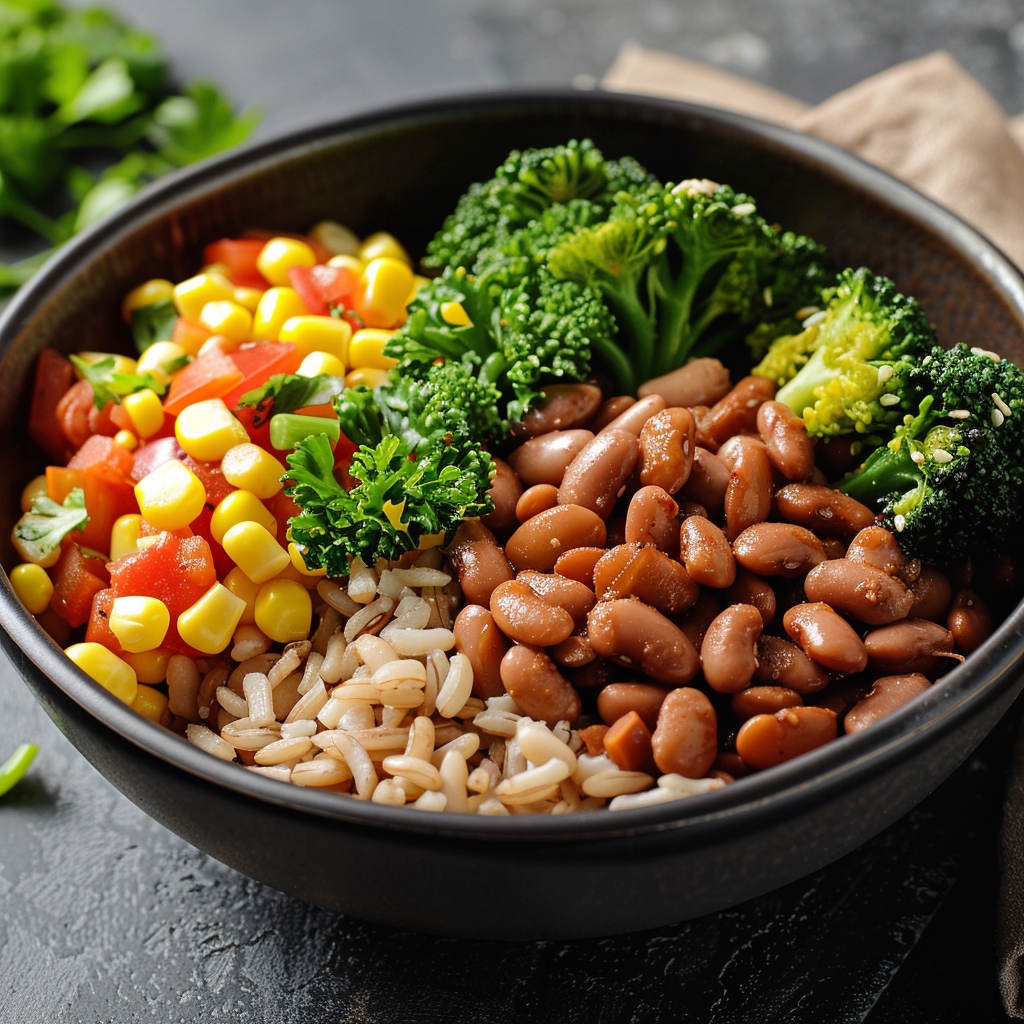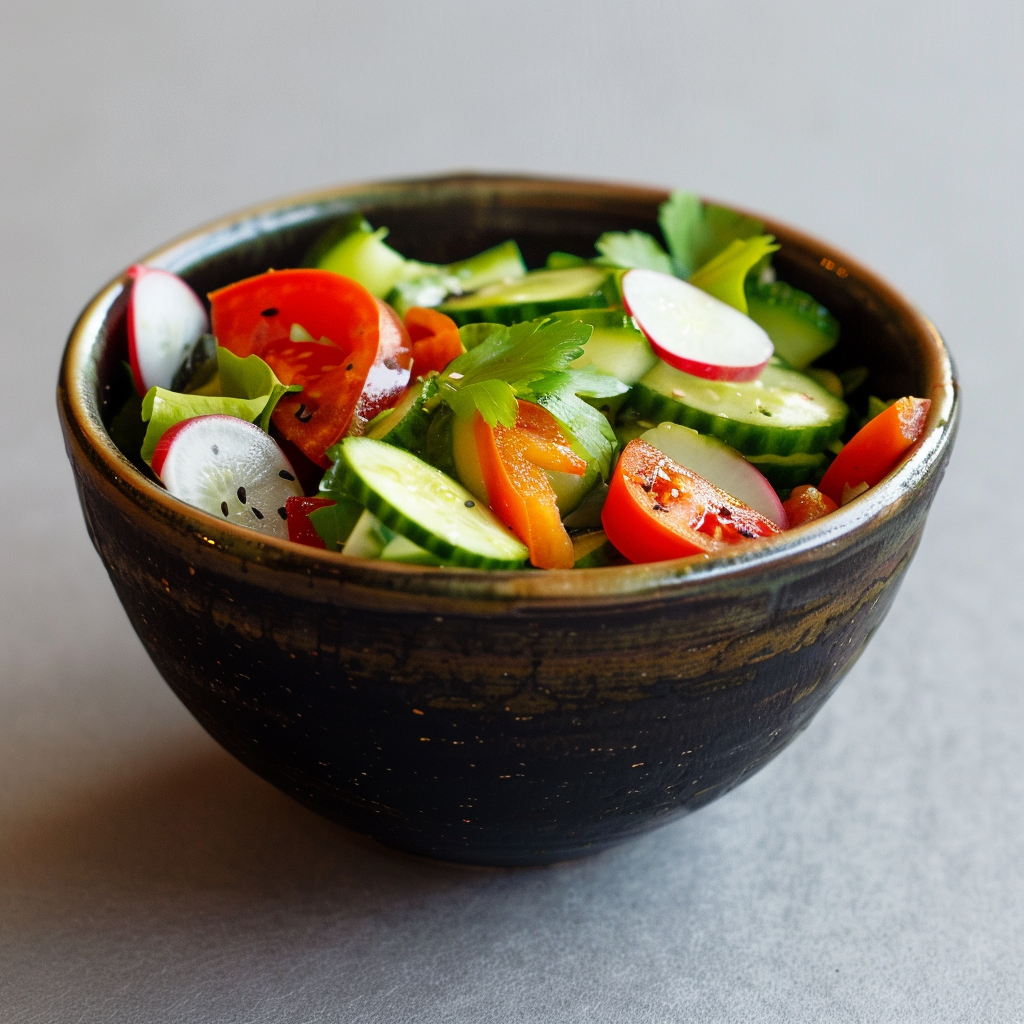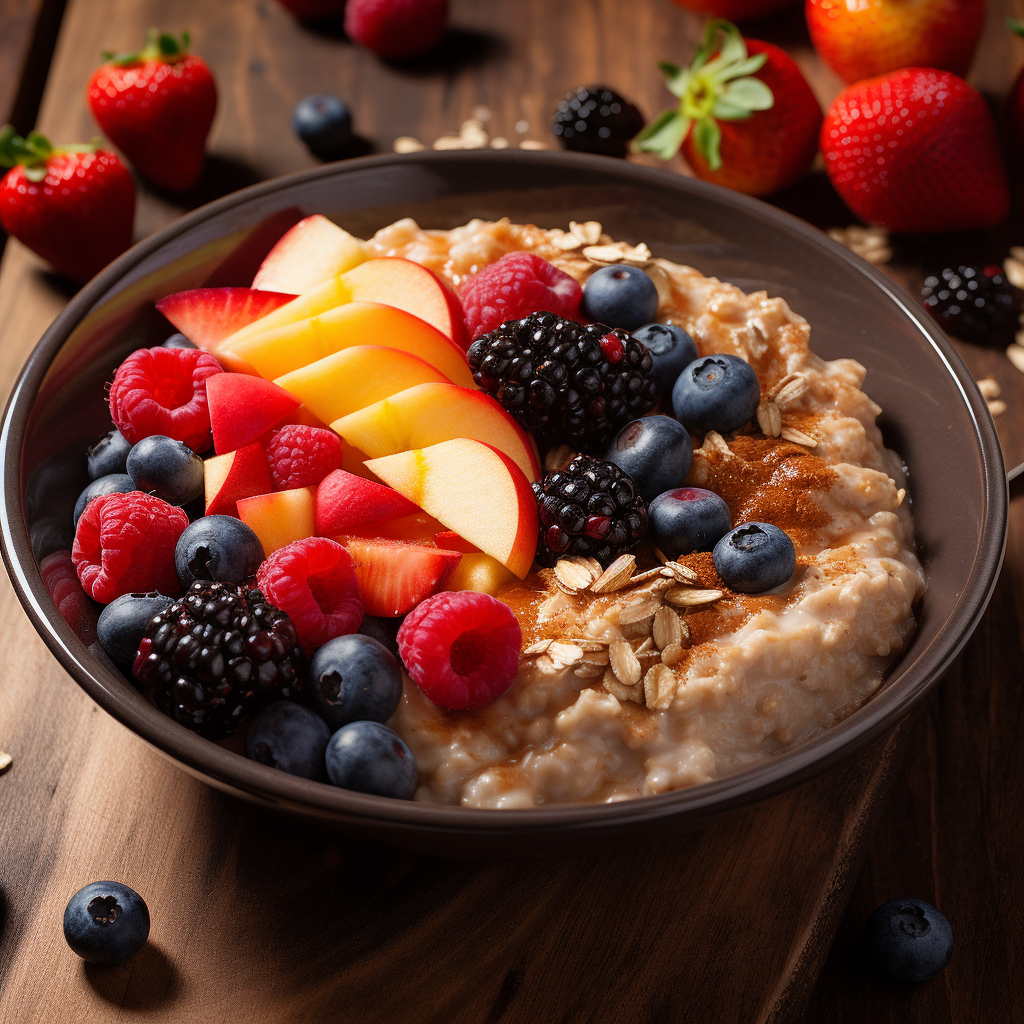by Mike Thomas, NBHWC March 21, 2024

In a world brimming with diet trends and nutritional advice, one critical component often overlooked is fiber. Surprisingly, only 3% of Americans meet the recommended daily allowance (RDA) of fiber, which ranges between 25-35 grams.
The average intake? A mere 15 grams. This shortfall in our diets can have significant implications for our health, ranging from increased cancer risk to higher cholesterol levels. But what exactly is fiber, and why is it so vital for our health and well-being?
Fiber: The Unsung Hero of Nutrition
Fiber is a type of carbohydrate that the body can’t digest. Unlike other carbs that are broken down into sugar molecules, fiber passes through the body virtually unchanged.
It comes in two varieties: soluble and insoluble, each with its own set of health benefits. Soluble fiber dissolves in water to form a gel-like substance, helping to lower glucose and cholesterol levels in the blood.
Insoluble fiber, on the other hand, aids in moving material through your digestive system and increasing stool bulk, thus helping to keep bowel movements regular and prevent constipation.

The importance of fiber extends far beyond just keeping us regular. It plays a pivotal role in reducing the risk of chronic diseases such as type 2 diabetes, heart disease, and certain types of cancer.
Additionally, fiber aids in weight management by promoting feelings of fullness, which can help reduce overall calorie intake.
The Fiber Gap in the American Diet
A big reason we’re not getting enough fiber in our meals is because a lot of the food we eat, like meat and packaged snacks, doesn’t have much fiber in it.
Did you know that 57% of the calories Americans eat are from these kinds of processed foods, which hardly have any fiber? Then, 30% of what we eat comes from meat and dairy, which also don’t have fiber. We only get about 8-12% of our calories from plants, and that’s the stuff that’s full of fiber.
Most American meals don’t have enough fiber, making it hard for us to reach the amount of fiber we’re supposed to eat every day. On the other hand, eating a diet that’s all about whole, plant-based foods — like fruits, veggies, beans, and grains — is a great way to make sure we get plenty of fiber.
Bridging the Fiber Gap: A Plant Solution
Transitioning to a diet rich in plants can dramatically increase your fiber intake. Plants are the exclusive providers of fiber in our diets, making a WFPB diet an efficient way to ensure you’re getting enough of this essential nutrient.
It’s not about relying on supplements like Metamucil bars to hit your fiber goals. Real, whole foods are the key.

Consider the economic impact of increasing our fiber intake. Dr. Michael Greger highlights that if most Americans simply met the minimum recommended daily intake of fiber, we could see savings of up to $80 billion from the costs associated with managing constipation alone.
Moreover, Dr. Neal Barnard emphasizes that fiber-rich vegetables, fruits, grains, and beans not only make you feel fuller for longer but can also lower your cholesterol levels.

Tips To Increase Your Fiber Intake
Incorporating more fiber into your diet doesn’t have to be a daunting task. Start with small, manageable steps and gradually increase your intake over several weeks to avoid digestive discomfort.
Here are a few simple ways to boost your fiber consumption:

– Add a small salad to your lunch: Just a basic salad can pack about 5 grams of fiber.

– Snack on an apple instead of a cookie: Fruits like apples are not only nutritious but also come with about 5 grams of fiber.
– Begin your day with a bowl of oatmeal: Starting your morning with oatmeal can provide around 12 grams of fiber, nearly half the daily minimum recommended intake and this doesn’t even include the fiber from the delicious fruit that you add to it!

The Takeaway
The road to better health through improved fiber intake is not paved with drastic dietary overhauls or reliance on fiber supplements. It’s about making smarter food choices that integrate seamlessly into your daily life.
A WFPB diet rich in fruits, vegetables, legumes, and whole grains is your ticket to not just meeting, but exceeding the daily fiber recommendations.
By doing so, you’re not only enhancing your own health but potentially contributing to significant healthcare savings through the prevention of common, fiber-related ailments.
So, why not start today? Swap out that afternoon cookie for an apple, or add a simple side salad to your lunch.
These small changes can lead to big benefits like weight loss paving the way for a healthier, fiber-fueled future.
Lastly, HERE is a website that has a lot of delicious plant-based recipes to help you get your fiber.
To Your Better Health!
God Bless!
Coach Mike
Learn about Coach Mike:
This blog is for educational and informational purposes only and solely as a self-help tool for your own use. I am not providing medical, psychological, or nutrition therapy advice. You should not use this information to diagnose or treat any health problems or illnesses without consulting your own medical practitioner. Always seek the advice of your own medical practitioner and/or mental health provider about your specific health situation. For my full Disclaimer, please go to CoachMikeThomas.com.
